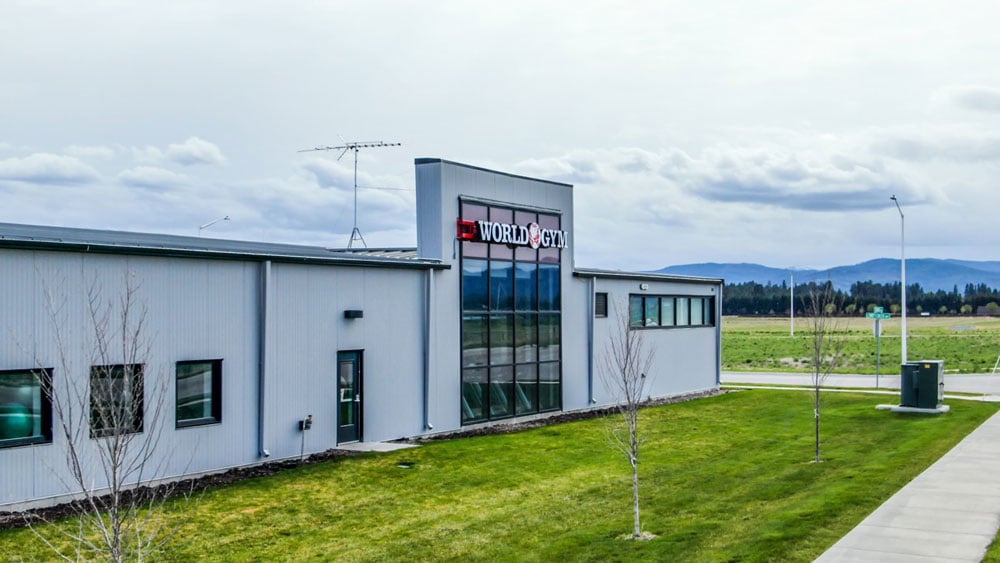
We’ve all heard the saying, “You can never be too old to learn”. But as we age, do our eyes actually grow too? A lot of people wonder if their vision is affected by age and how much our eyes can truly change over time. In this blog post, we will take a look at the various eye changes that occur with age and what impact they have on our vision. We’ll also discuss potential treatments for any eye issues related to aging and ways you can protect your eyes as you get older.
Eyesight and Age
As we age, our eyesight usually deteriorates. This is because the tissues in our eyes break down and don’t work as well as they used to. We may also develop cataracts, which are cloudy areas in the lens of the eye that make it difficult to see.
Read More : Sanpaku Eyes
How Eyesight Changes with Age
As we age, our eyesight changes in several ways. Most noticeably, we tend to lose some of our ability to see things clearly up close. This is due to a condition called presbyopia, which is caused by the natural aging process of the eye.
Other common changes to eyesight include a decreased ability to see at night and an increased risk for developing cataracts or glaucoma. While these changes are usually gradual and do not significantly impact our daily lives, it is important to be aware of them so that we can take steps to protect our vision.
Presbyopia
Presbyopia is a condition of the eye that results in the inability to focus on close objects. It is a natural part of the aging process, and usually becomes noticeable in people over the age of 40. Symptoms of presbyopia include difficulty reading or sewing, needing more light to see clearly, and having to hold reading material at arm’s length.
There are two main types of presbyopia: monovision and multifocal lenses. Monovision occurs when one eye is corrected for distance vision and the other for near vision. Multifocal lenses correct both eyes for both distance and near vision. Surgery is also an option for treating presbyopia, although it is not always successful.
If you are experiencing symptoms of presbyopia, talk to your doctor or an eye care specialist about treatment options.
Macular Degeneration
Macular degeneration is a medical condition that affects the macula, which is the central area of the retina. The macula is responsible for sharp, central vision, and when it deteriorates, vision becomes blurred. Macular degeneration is a leading cause of blindness in older adults. There are two types of macular degeneration: dry and wet.
Dry macular degeneration is the more common type. It occurs when the cells of the macula slowly break down. Wet macular degeneration occurs when new blood vessels grow under the retina and leak fluid or blood. This type of macular degeneration can cause severe vision loss in a short period of time.
There is no cure for macular degeneration, but there are treatments that can slow its progression and help preserve vision. These include regular eye exams, quitting smoking, eating a healthy diet, and using special low-vision aids.
Cataracts
As we age, our bodies change in many ways. Our skin becomes thinner and less elastic. We may lose muscle mass and bone density. We may also experience changes in our eyesight. One of the most common age-related eye changes is the development of cataracts.
A cataract is a clouding of the eye’s lens. The lens is a clear, curved structure that helps focus light onto the retina, which is the back portion of the eye where images are formed. The retina converts light into electrical impulses that are sent to the brain through the optic nerve and allow us to see clearly.
Cataracts typically develop slowly and can affect one or both eyes. They usually don’t cause symptoms in the early stages, but as they progress, they can cause blurred or cloudy vision, difficulty seeing at night, and sometimes seeing “halos” around lights. Cataracts can also make colors appear faded.
Most cataracts are related to aging. As we get older, the proteins in our lenses start to break down and clump together, causing the lens to become cloudy. Other causes of cataracts include diabetes, long-term use of certain medications (such as steroids), smoking, alcoholism, previous eye injury or surgery, and exposure to ultraviolet (UV) light from the sun or other sources.
Glaucoma
Glaucoma is a group of eye disorders that damage the optic nerve, which is vital for good vision. The most common type of glaucoma, primary open-angle glaucoma, occurs when the drainage channels in the eye become clogged, causing an increase in pressure inside the eye. This extra pressure can damage the optic nerve and lead to vision loss. Glaucoma can be treated with medications, surgery, or a combination of both.
Diabetic Retinopathy
Diabetic retinopathy is one of the leading causes of blindness in adults. It occurs when high blood sugar levels damage the blood vessels in the retina, the light-sensitive tissue at the back of the eye. Diabetic retinopathy can cause vision loss in two ways:
1) by damaging the blood vessels, which leads to leaking and swelling; and
2) by triggering the growth of new, abnormal blood vessels.
In its early stages, diabetic retinopathy often has no symptoms. That’s why it’s important for people with diabetes to have regular dilated eye exams so that their condition can be detected and treated early.
Read More : Sanpaku Eyes
Factors That Affect Eyesight as We Age
There are a number of factors that can affect eyesight as we age. Here are some of the most common:
– Presbyopia: This is the gradual loss of near vision that comes with age. It is caused by the stiffening of the lens inside the eye, which makes it difficult to focus on close objects.
– Cataracts: This is a condition in which the lens of the eye becomes cloudy, leading to blurred vision. It is more common in older adults, and can be treated with surgery.
– Macular degeneration: This is a condition that leads to deterioration of the central part of the retina, resulting in decreased central vision. It is more common in older adults and can be treated with special glasses or contact lenses.
– Glaucoma: This is a condition in which increased pressure inside the eye damages the optic nerve, leading to vision loss. It is more common in older adults and can be treated with medication or surgery.
Ways to Maintain Good Eyesight as You Age
As you age, it is important to take steps to maintain good eyesight. Here are some tips:
1. Have regular eye exams. This is important because age-related changes can occur in your eyes, and early detection and treatment can help prevent vision loss.
2. Eat a healthy diet. Eating plenty of fruits and vegetables helps keep your eyes healthy.
3. Wear sunglasses when outdoors. Ultraviolet light can damage your eyes, so it is important to protect them when you are outdoors.
4. Quit smoking. Smoking is bad for your overall health, including your eyesight. If you smoke, quit now to help protect your vision.
Conclusion
In conclusion, it is clear that eyes will grow with age to some extent. It is important to understand the changes and be aware of how they can affect vision as you age. Fortunately, there are ways to keep your eyes healthy despite any growth that occurs so you can maintain good eye health throughout life. Whether it’s using glasses or contacts for improved vision, visiting an optometrist regularly for regular check-ups, or incorporating lifestyle modifications like getting plenty of sleep and eating a nutritious diet – all these things should help ensure your eyes remain healthy as you get older.














